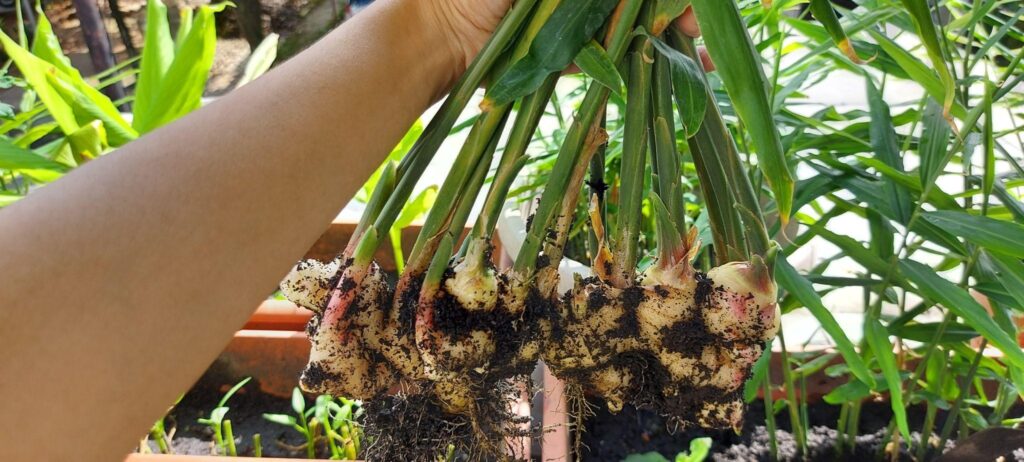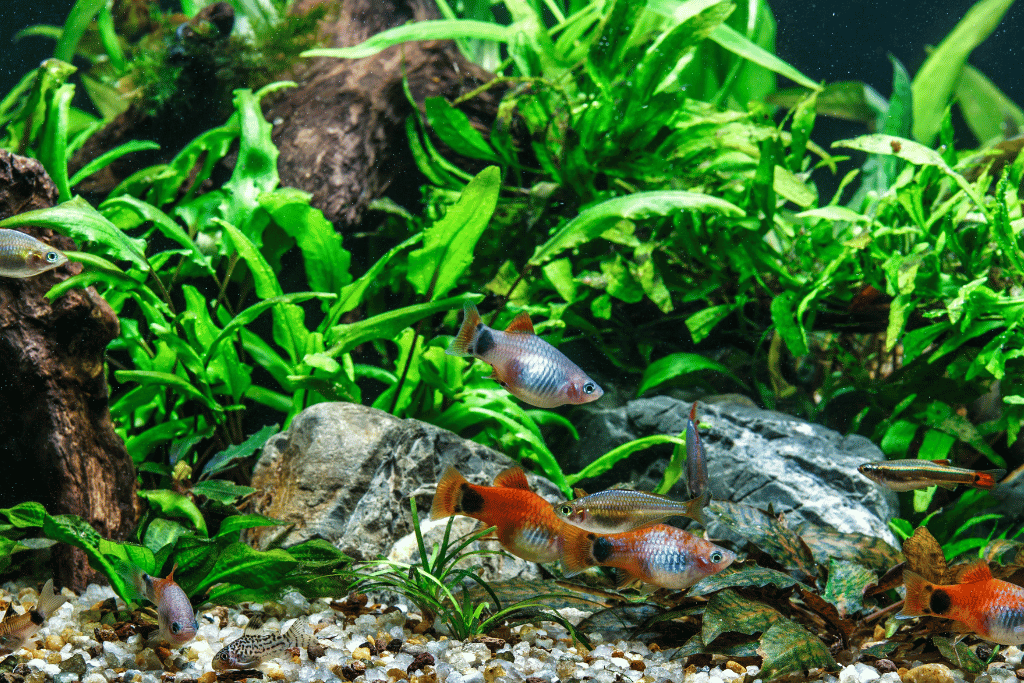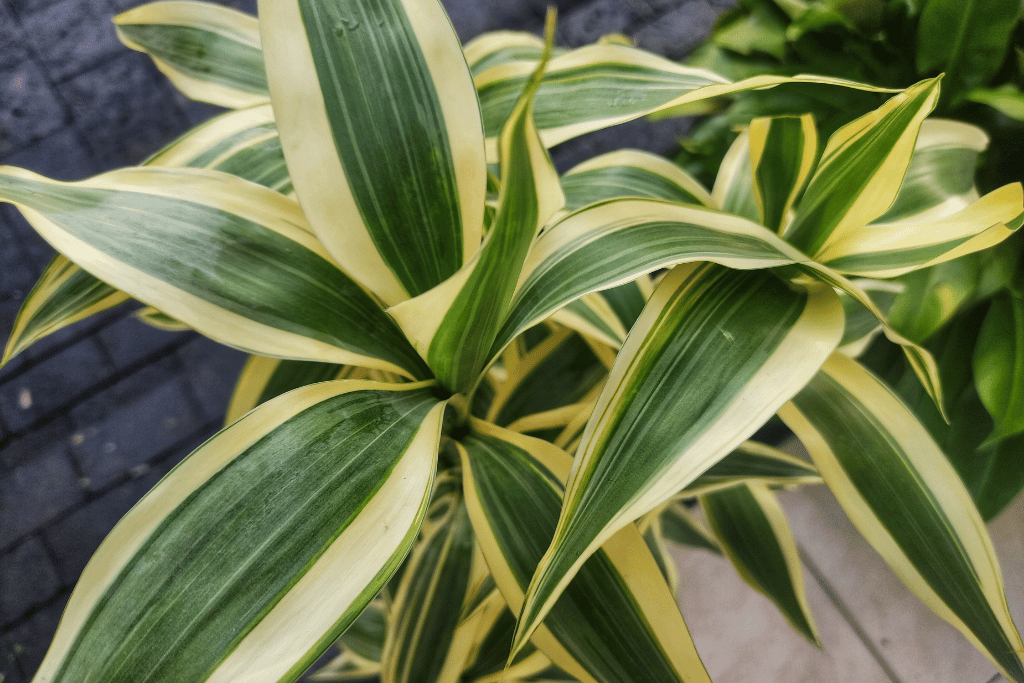
Ginger gardens are becoming increasingly popular, and for good reason! Not only does ginger have many health benefits but it also adds a delightful flavour to your cooking. With a little bit of planning, you can easily create your own ginger garden. Here’s how to make a ginger garden!
How to make a ginger garden?

Ginger is a wonderful addition to any garden. It’s easy to grow, has a pleasant flavour and scent, and can be used in many recipes. Growing ginger at home garden requires some preparation and patience before you see the results of your efforts. But with a few simple steps, you’ll soon learn how to garden ginger.
Making a ginger garden means growing lots of ginger simultaneously. Here are the steps involved:
- Choose the right variety of ginger for your climate and soil type. Ginger is a tropical plant so it won’t do well in cold climates. In general, choose a variety that grows best in warmer areas with plenty of moisture.
- Prepare the planting site by digging down at least six inches deep. If your soil is too sandy or clay-based, add compost to improve drainage and nutrient content.
- Plant the ginger rhizomes at least four inches apart in rows that are spaced 24 inches apart. Plant the rhizomes three to four inches deep with their buds facing up.
- Water lightly every day until shoots appear, then water more deeply. Ginger needs plenty of moisture but also likes to be well-drained. So make sure the soil is not soggy.
- Add mulch to the soil to help retain moisture and prevent weeds from taking over.
- Fertilise ginger regularly with a balanced fertiliser such as 10-10-10 or fish emulsion when growth begins in the spring.
- Harvest ginger when it’s mature by pulling up the plant. The ginger should be firm and have a pleasant smell.
With these simple steps, you can easily grow ginger in your garden. Enjoy the sweet, spicy flavour of ginger fresh from your own garden and enjoy the health benefits it provides!
Useful tips for beginner ginger growers

- Choose a sunny spot in your garden to plant the ginger. The soil should be well-drained and rich in organic matter, such as compost.
- If planting from a rhizome, soak the ginger overnight in warm water to help it sprout faster.
- Cut an inch-long piece from the ginger rhizome. Make sure that there is a bud or eye at one end of the piece.
- Plant the ginger rhizome piece in the garden about two inches deep in the soil, with the bud or eye facing up.
- Water the ginger rhizome thoroughly and keep the soil slightly moist.
- Place a layer of mulch around the ginger rhizome to help retain moisture and reduce weeds.
- After a few weeks, you should start to see shoots and leaves emerging.
- Once the ginger has grown to a considerable size, you can begin harvesting by digging around and removing a section of the rhizome.
- Cut off individual pieces from the ginger rhizome and use them for cooking or replanting to continue growing.
- If you want to keep your ginger perennial, trim the leaves back in late winter and early spring to encourage new growth. Water regularly and apply fertiliser as needed.
Frequently Asked Questions (FAQ)
How to plant ginger eyes in the garden?
Ginger roots come with “eyes” or buds that will become your ginger sprout when planted. To plant your ginger, simply dig a shallow trench about 4 inches (10 cm) deep and place the root in the ground with the eyes facing up. Cover it lightly with soil and water well.
How to store fresh ginger from the garden?
Ginger harvested from the garden can be stored in a cool, dry place for up to two weeks. It can also be frozen or dried for longer-term storage. If you want to store your ginger root in the refrigerator, wrap it tightly in plastic wrap and put it inside a sealed container to keep it fresh as long as possible.
For more detalis: How to store fresh ginger from the garden?
What does garden fresh ginger root look like?
Fresh ginger root is usually knobby and tan in colour. It may have a few bumps, wrinkles, or fibres on the surface.
What should I do if my ginger leaves start to yellow?
If you notice your ginger leaves starting to yellow, it’s likely due to a lack of moisture. Make sure the soil you are growing in is kept moist and water regularly. If the problem persists, you may need to add more organic matter like compost or manure to help retain moisture. Adding mulch around your plants can also help retain moisture and reduce yellowing leaves.
What pests or diseases should I look out for when growing ginger?
Common pests that may affect ginger plants include aphids, mealybugs, and whiteflies. To combat these pests, spray your plants with a mixture of water and neem oil. You should also watch out for fungal diseases like root rot or leaf blight.
If you notice any signs of disease, make sure to treat the plants immediately with a fungicide. Always consider and investigate the chemicals that are used in any products you buy before you use them on your vegetables.
How do I harvest ginger from my garden?
When harvesting ginger from your garden, wait until the leaves start to yellow and die back. Use a spade or shovel to dig around the ginger root carefully and gently lift it out of the soil. Rinse off any dirt or debris, and then store it in a cool place.
How long does it take for ginger to grow in the garden?
Ginger plants typically take 8 to 10 months from planting the rhizomes until harvest time, depending on the variety and climate. A little extra time may be needed to cure the ginger after it is harvested. Proper care throughout this period is essential for a healthy, abundant ginger garden. Watering regularly, fertilising at the right times, and providing adequate shade are all important steps in cultivating a successful ginger garden.
Conclusion
Making a ginger garden will provide you with both ornamental and edible benefits. The process of planting and caring for your ginger plants is easy, and once established, they are relatively low-maintenance. Happy planting.



